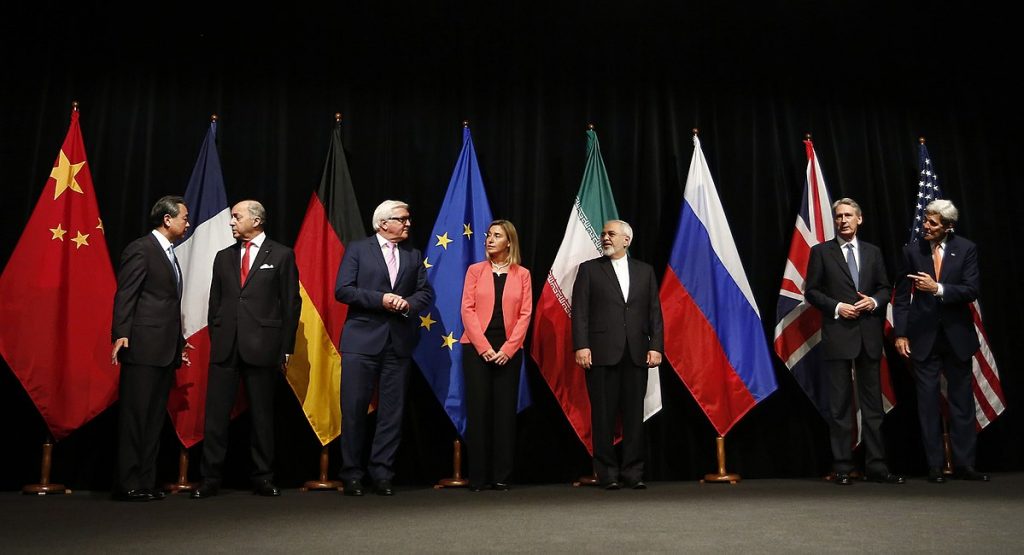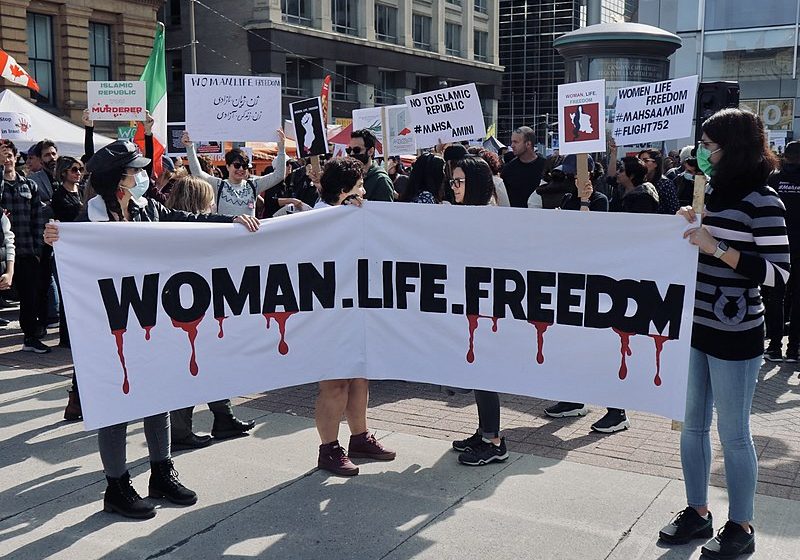Australia/Israel Review
The JCPOA, three years on
Feb 6, 2019 | Ephraim Asculai & Emily B. Landau

Three years after “implementation day” for the Joint Comprehensive Plan of Action (JCPOA) nuclear deal with Iran in mid-January 2016, the question “how has the deal held up” is highly warranted.
Supporters of the JCPOA insist that “the deal is working” – but what does this mean? If the intention is that Iran is prevented from becoming a nuclear weapons state, clearly this is not the case; not least because the deal has an expiration date in the form of its sunset provisions, and thus, at best, only delays the time whereby Iran is able, technically, to continue developing a nuclear weapon. If, however, the intention is the limited sense that Iran has upheld its end of the nuclear bargain, the question depends on one’s assessment of the deal.
If the deal is deemed to be a solid, comprehensive agreement, then Iran’s compliance would surely be good news. But if the deal is dangerously flawed, compliance with its terms would not confirm that it has prevented Iran from carrying on its nuclear development program or that there is room for complacency regarding the prospects of Iran going nuclear in the future.
What does the future hold regarding the Iranian nuclear project, according to the JCPOA? Until 2024, Iran will be permitted to operate 5060 IR-1-type centrifuges. Later, it will be permitted, in stages, to manufacture and operate more advanced centrifuge types. At present, Iran’s potential “breakout time” to a nuclear weapon is somewhat less than a year, but this span will shrink as time goes by. Iran’s continued threats to enrich uranium to higher levels than the permitted 3.67%, thereby shortening the breakout time considerably, undermine trust and cast a favourable post-deal period in doubt. Providing that the JCPOA does not dissolve before then, Oct. 18, 2025 marks “termination day”, at which point UN Security Council Resolution 2231 – which grants authority to the JCPOA – will be terminated.
Two major developments mark the past three years. The more significant one was no doubt the new approach toward Iran and the nuclear deal adopted by US President Donald Trump, the polar opposite of the approach taken by the Obama Administration. Over the course of 2017-2018, and especially from February to April 2018, there were attempts to come to an understanding with the Europeans about ways to strengthen the deal. While there is no official account of these talks, unofficial accounts note that progress was made on some of the issues. Still, the countries were not able to come to agreement over one of the most problematic features of the JCPOA: its sunset provisions. Following this failure, Trump’s about-face on Iran culminated with his decision to leave the JCPOA in May 2018.
This decision was highly controversial within the US, and was flatly rejected by the other five members of the P5+1 (Germany, France, UK, China and Russia), who were the original parties to the JCPOA. Yet despite their warnings of dire consequences, not only is the JCPOA still alive, but the Iranians are exerting great effort to ensure that it stays this way – and this is the second development in this period.
Indeed, the JCPOA provides Iran with many benefits: it enables Iran to hold on to its nuclear breakout capability, while legitimising its uranium enrichment program; it does not cover Iran’s missile program, which is the delivery mechanism for nuclear weapons; it has very weak inspections provisions; and it provides Iran with significant sanctions relief. Not surprisingly, then, Iran’s earlier threats to leave the deal if the P5+1 did not ensure economic benefits that went beyond the explicit terms of the deal were exposed as empty threats.
In order to save the JCPOA, Iran must ensure that the Europeans remain committed as well. Iran is therefore waging a focused campaign to distance Europe further from the US, while at the same time pressuring it to do more to protect Iran’s economic interests in the face of US sanctions. The Europeans – eager to move forward on lucrative economic deals with Iran – have been actively working to undermine the US sanctions by trying to set up a separate payment system – the Special Purpose Vehicle – that would circumvent the US financial system.
In light of these developments, what are the prospects for success of Trump’s pressure campaign against Iran? In part, this depends on the willingness of the Iranian regime and people to continue suffering economically for the sake of becoming a nuclear power, and continuing with costly regional activity intended to bolster Iran’s regional hegemony. But whether, and how, this generates a willingness on the part of the regime to return to the negotiating table is an open question. Moreover, the support that Iran receives with regard to the JCPOA from Europe, Russia, and China discourages Iran from concluding that it must agree to renegotiate.
Regardless of whether Iran comes back to the table, two major problems related to the JCPOA that arose over the course of 2018 demand immediate and serious attention. The first relates to inspections at undeclared nuclear-related facilities in Iran. The nuclear archives that were removed by Israel’s Mossad from the heart of Teheran in January 2018 include vast amounts of information regarding Iran’s nuclear program and specific plans for developing five nuclear bombs. Included is information regarding specific locations where Iran has been advancing its military nuclear program, and evidence that Iran lied to the International Atomic Energy Agency (IAEA) over the years about the purpose of different activities.
Yet although it received this information, the IAEA has yet to inspect any of these facilities or confront Iran with the evidence of deceit. With a few notable exceptions – especially the work carried out by the Washington think tanks Institute for Science and International Security and the Foundation for Defence of Democracies – the issue is also curiously absent from the principal debate within the arms control community in the US. Moreover, although it is the largest financial contributor to the IAEA, the US has not as yet exerted its influence to bring about the necessary changes to IAEA activities and to improve its reporting culture since implementation of the JCPOA.
The second issue is Iran’s missile program, in particular the recent Iranian test of a medium-range missile that can reach the entire Middle East and parts of Europe, and can carry a nuclear warhead. While this test is a major concern, the European states and the arms control community prefer to emphasise that Iran’s test is not a clear violation of UNSC Resolution 2231, which only “calls upon” Iran to cease such activities. The two states in Europe that did demonstrate more concern – France and the UK – were afraid to take concrete action for fear of upsetting the JCPOA.
The significance of the situation regarding Iran’s nuclear program also has far-reaching consequences regarding the global non-proliferation regime. This regime was damaged by the fallout of the JCPOA, in the sense that a state that had been lying to the international community for years was not reprimanded. With the nuclear deal, the international community granted a non-nuclear weapon state (NNWS) permission to proceed with its uranium enrichment program. At the same time, these capabilities are denied to other regional states that are in compliance with the Nuclear non-Proliferation Treaty (NPT) and feel threatened by the license that has been granted to Iran. Iran and Syria, both proven NPT violators, retain their membership “in good standing” in the NPT, which enables them to prevent any condemnation resolutions or other more effective actions against them.
If the present trends of ignoring Iran’s past activities in the nuclear realm persist, including the IAEA’s current unwillingness or inability to ascertain past and present nuclear activities, there will be severe repercussions.
Empowered by ongoing efforts in the missile realm and diplomatic manoeuvring to ensure that Trump is regarded as the outsider in his approach to Teheran, Iran might yet prove successful in surviving the pressure campaign. At that point it could be too late for any diplomatic or military actions to stop Iran from ultimately developing nuclear weapons, which is necessary for restoring a measure of stability to the Middle East.






